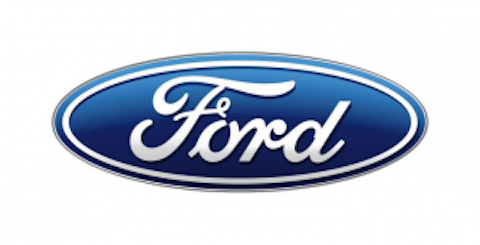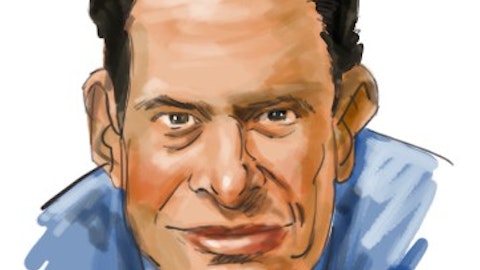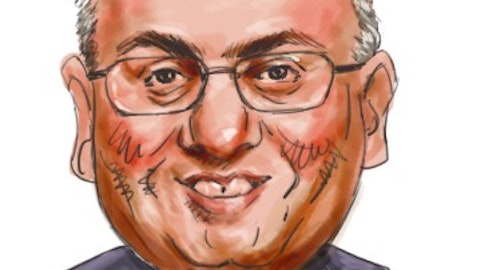On this day in economic and financial history…
In the history of American markets, a few IPOs have stood out from the rest. Facebook became the largest IPO of all time in its 2012 debut. Before that, Apple stunned the Street in 1980 with a billion-plus first-day market cap. But it was Ford Motor Company (NYSE:F) , which first went public on Jan. 17, 1956, that created one of the most intense days of IPO trading ever seen in pre-computing days. In a rare afternoon debut, 10.2 million shares of Ford stock were made available on the open market at a price of $64.50 per share. It was, at the time, the largest common-stock sale in history.

From its IPO day to its 50-year IPO anniversary, Ford’s market cap grew by only 300%, which equals an annualized growth rate of just 2.8%. The Dow Jones Industrial Average , by comparison, grew at an annualized rate of 6.5%. This isn’t a fair investment comparison, however, as Ford has undergone multiple splits and two spinoffs since its IPO. The dividends Ford has paid nearly every year since 1956 have also offered ample opportunity for reinvestment. In the 50 years following Ford’s IPO, a single share earned $673.45 in total dividends, with all splits taken into account.
Will Ford’s recent dividend double become the starting point of another great 50-year run for dedicated shareholders? Our analysts have the inside scoop on Ford’s key initiatives and future potential. It’s all available in our exclusive research report, so click here to subscribe now.
War profiteering
The Dow loves a good war. On Jan. 17, 1991, the Dow leapt over 4.5% with a 115-point gain as aerial bombardment began for Operation Desert Storm in Iraq. It was at the time the second-largest point gain in the Dow’s history since a rebound that followed Black Monday in 1987. The New York exchanges were on high alert to the possibility of terrorist retaliation, and police barred visitors from the trading floors.
The Dow went on to gain another 10% from its closing price on Jan. 17 by the time Operation Desert Storm concluded at the end of February. The market continued to soar after the war was over, despite a brief recession that didn’t end until the spring of 1991. By the next time the United States invaded Iraq in 2003, the Dow had tripled in value despite a significant decline following the end of the dot-com bubble.
Pfizer Inc. (NYSE:PFE) steps up
On Jan. 17, 1944, Pfizer graduated from the over-the-counter exchanges it had traded on for two years when it joined the New York Stock Exchange. That quarter, its net income was $443,100 on $5.2 million in sales. Six decades later, Pfizer had grown into a pharmaceutical colossus with $2.3 billion in quarterly net income on $12.5 billion in revenue — a 52,000% increase on the bottom line and a 24,000% increase on the top, respectively.
Trouble’s a-brewing
Jan. 17, 2008 saw several recession warnings splash across the pages of major news outlets. Reuters reported that the Philadelphia Federal Reserve’s Mid-Atlantic manufacturing index had plunged to a negative level lower than any seen since October 2001. New York Times economics blogger Floyd Norris highlighted the crash of the Baltic Dry Index, which had tanked 37% since the previous November, and the Bloomberg Dry Ships Index, which was down 30% in just half a month. DryShips Inc. (NASDAQ:DRYS) had already lost 32% of its value since the start of 2008, and housing starts had fallen at the steepest rate in 27 years to the weakest level seen since May of 1991.




